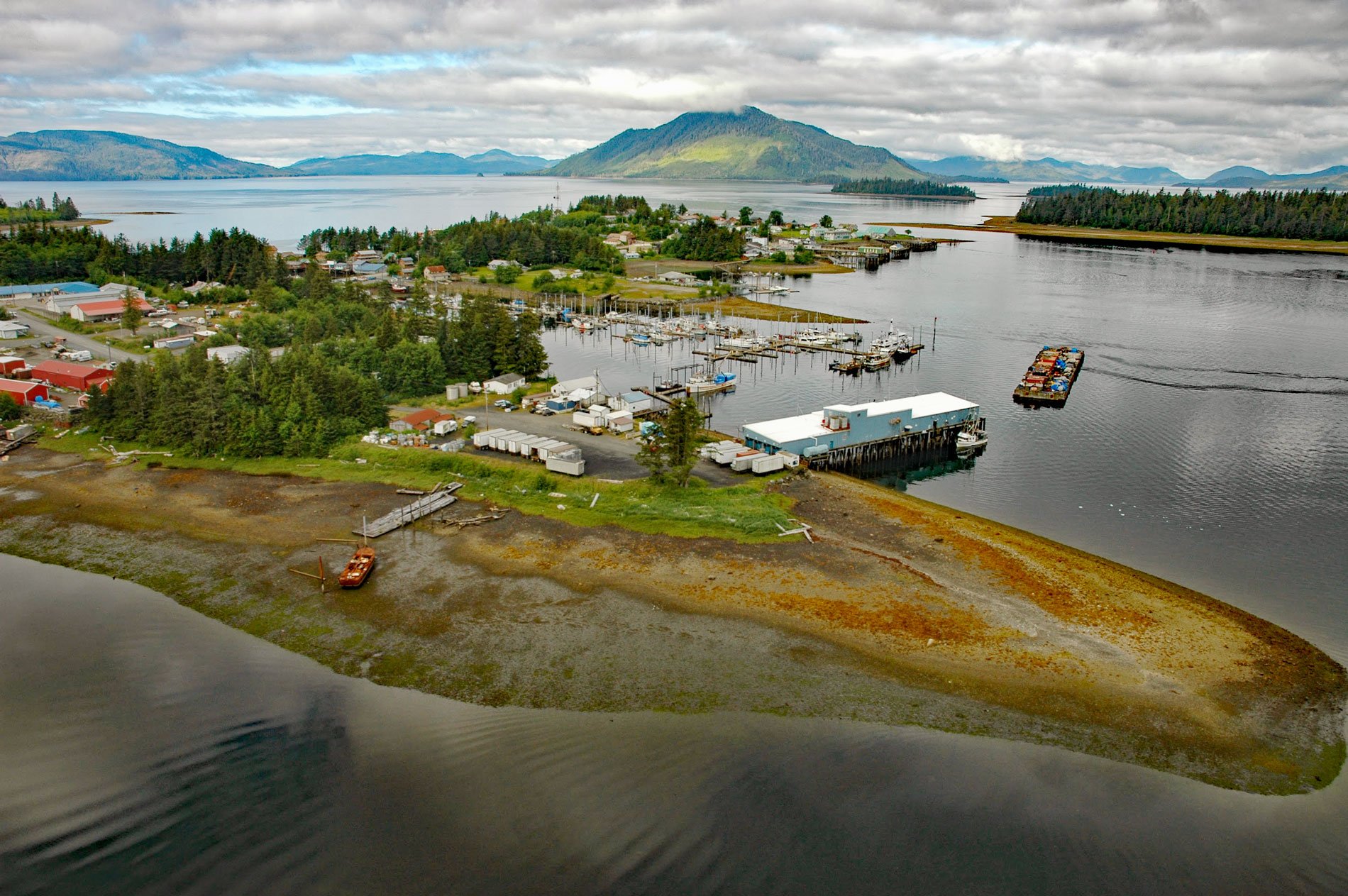Craig is a community situated on Craig Island connected by a causeway to the western coast of Prince of Wales Island approximately 56 miles (90 km) northwest of Ketchikan and 220 miles (350 km) south of Juneau, Alaska. This is the largest town on Prince of Wales Island, which is the fourth largest island in the United States. The town was named for Craig Millar who started the fish processing industry here. The site was historically a seasonal fish camp used for millennia by Tlingit to gather herring eggs. The Tlingit name is Shaan Seet, named for the small strait separating Prince of Wales Island from Fish Egg Island. The Haida people also used the site since moving onto Prince of Wales Island from Haida Gwaii, formerly the Queen Charlotte Islands, starting in the 18th century.
Tlingit and Haida people historically used this area for fish camps and village sites. For example, Fish Egg Island was an important burial site and was also used for seasonal food-gathering. Between 1908 and 1911, Craig Miller constructed the Lindenberger Packing Company and cold storage plant on what is now Craig Island. At one time, the facilities included a fish processing plant, worker housing, bulk fuel storage, vessel storage, and vessel maintenance facilities. In 1917, Lindenberger sold the cannery to Sea Coast Packing Company, and in 1929, the cannery was sold to Libby McNeil and Libby. Excellent pink salmon runs contributed to the development and growth of the community through the late 1930s. In 1939, Craig had a U.S. Customs office serving as a port of clearance for vessels traveling from British Columbia to the Territory of Alaska. During the 1950s, the fishing industry collapsed due to depleted salmon runs and in 1958, a fire destroyed most of the cannery structure. By 1963, Wards Cove Packing Company was the owner, and the cannery had become a maintenance and supply station, offloading the fish to tenders for transport to the cannery at Wards Cove near Ketchikan. E.C. Phillips and Son now operate a fish processing facility adjacent to Craig Island on Prince of Wales Island.
When commercial fishing collapsed, the city signed a 50-year timber contract with the U.S. Forest Service and for several decades the timber industry flourished. In 1972, Ed Head built a large sawmill 6 miles (10 km) from Craig near the village of Klawock, which provided year-round jobs and helped to stabilize the local economy. Head Mill was sold in the early 1990s to Viking Lumber. Craig’s population grew steadily until the late 1990s and 2000s when the timber industry declined dramatically due to concerns about ecological destruction caused by poor forest management practices, one of the 9 planetary boundaries. Without another industry to support the local economy, many people left Craig. Today, the town relies on a balance of subsistence and commercial fishing, fish processing, and the timber industry. Read more here and here. Explore more of Craig and Prince of Wales Island here:

